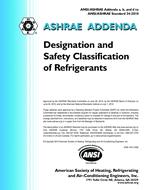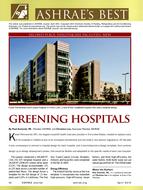The objective of this paper is to demonstrate the value of using performance-based design techniques in the design of atrium smoke management systems. This approach can reduce proposed smoke exhaust flow rates frequently by more than a factor of two of the initial code-calculated values. The reduction in exhaust flow rates can save money in terms of reducing the size of the fans and related emergency power systems. The reduction in exhaust flow rates leads to a reduction in makeup air quantities. For some projects these cost reductions are essential to keep the atrium feature in the building design. Additionally, the reduction in makeup air quantities maintains the architectural integrity of the design.
The three smoke management design approaches described in the paper are: zoning the atrium, timed rate of descent, and strategic makeup air distribution. The paper provides advice and caution when using these approaches. It includes discussion on the potentially adverse impact of poor makeup air distribution and problems caused by relatively warm or hot makeup air. CFD modeling is demonstrated to be a valuable design tool. The need for calibration of the CFD methodology to ensure realistic prediction of plume entrainment is highlighted.
Three atrium case studies are presented. In each case, the exhaust quantities required from standard code calculations resulted in exhaust and corresponding makeup airflow rates that were not feasible given the atrium architecture. Solution alternatives are presented, and CFD computer modeling is used to prove performance.
Citation: Symposium, ASHRAE Trans. vol. 111, pt. 2, paper no. DE-05-3-2, p. 476-484
Product Details
- Published:
- 2005
- File Size:
- 1 file , 5.4 MB
- Product Code(s):
- D-26965


